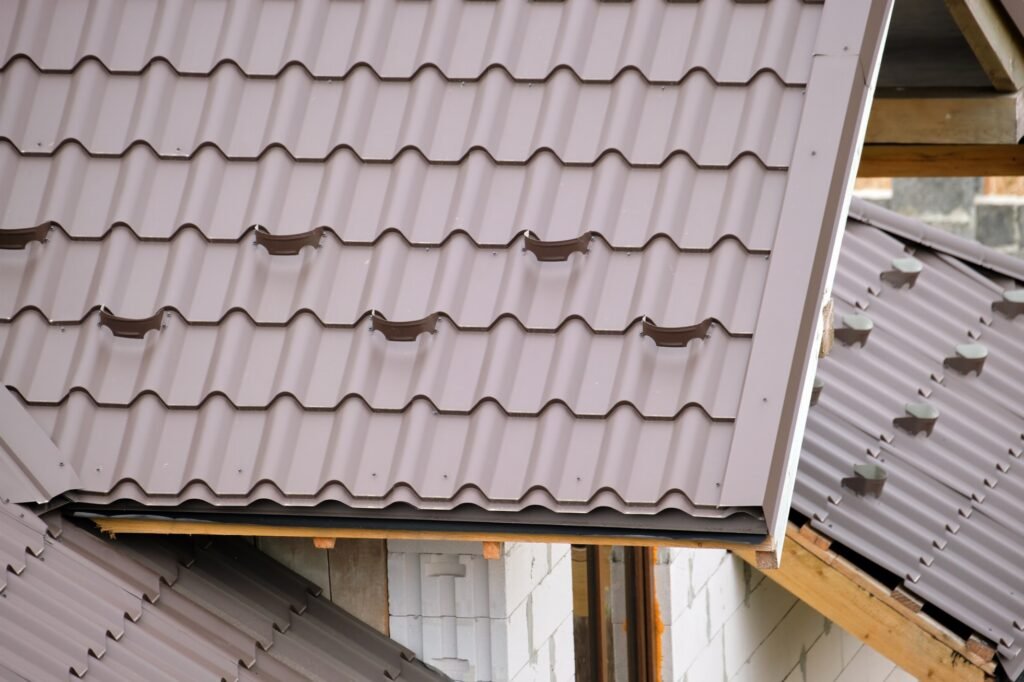Spring has sprung, which means it’s time for homeowners all over the area to get to those roofing repair and replacement projects they’ve been putting off all winter. Metal roofing is a safe, viable, and long-lasting option for residential property owners, but many are reluctant to make the change because of long-standing misconceptions. Here, we’ll provide the truths behind some of the most prevalent myths about metal roofs.


While the metal roofs of the past were largely uniform in style and appearance, today’s options are much different. Whether you’re living in a cottage-style home or a minimalist abode, there are plenty of ways to make your home’s roof match its style as well as that of the rest of the neighborhood. Contact the experts at Erie Home Roofing Solutions to schedule a consultation.
A Metal Roof Will Make the Home Hot
Table of Contents
In areas with warmer weather, tile roofs are a popular choice among homeowners. However, ceramic and clay tiles absorb much of the sun’s heat, making the entire home several degrees warmer even after sunset. A metal roof, on the other hand, reflects heat and keeps a home cooler.
On average, homeowners see energy savings of 20% or more when installing a metal roof. It’s crucial to remember, though, that today’s metal roofing materials can be made to resemble rustic clay tiles. You’ll get the look you want without the heat you don’t!
A Metal Roof Will Freeze During the Winter
Metal roofing doesn’t absorb moisture, so it’s not affected by changes in humidity and outdoor temperature. Unlike clay, slate, wood, and asphalt shingles, metal doesn’t absorb moisture that may freeze and expand, so there’s no risk of cold-weather damage. Furthermore, a metal roof sheds snow and ice quickly, which prevents the formation of ice dams in the winter. Metal is one of the home construction industry’s most reliable building materials, and it’s valued for hits high strength-to-weight ratio.
It Will Be a Nuisance During Storms
While metal does conduct electricity, it doesn’t attract it. Many people believe that metal roofs function like lightning rods, but that’s simply not true. Lightning will hit the tallest object no matter what it’s made of. There’s also no proof that a home with a metal roof is more likely to be struck than one without such a feature. Another long-held belief is that metal roofs are noisy when it rains, but that’s just not the case. When the roof and attic are properly insulated, you won’t hear the first raindrop.
Metal Roofs Aren’t Sustainable
Metal roofing is known for its longevity, durability, and energy efficiency, which makes it a compelling option for area homeowners who want to live an eco-friendlier lifestyle. The average steel residential roof contains about 35% recycled material, and for roofs made of aluminum, that number jumps to approximately 95%.
Copper, aluminum, and other non-ferrous metals are ideal for coastal areas and other corrosive environments. In warmer climates, a light-colored, reflective metal roof will reflect more of the sun’s heat, increasing the home’s energy efficiency.
Install a Metal Roof for Energy Efficiency, Sustainability, and Style
Whether you’re building a new home or replacing an existing roof, metal roofing materials are a great way to improve the structure’s energy efficiency and appearance. Call or click today to schedule an evaluation and an estimate.


